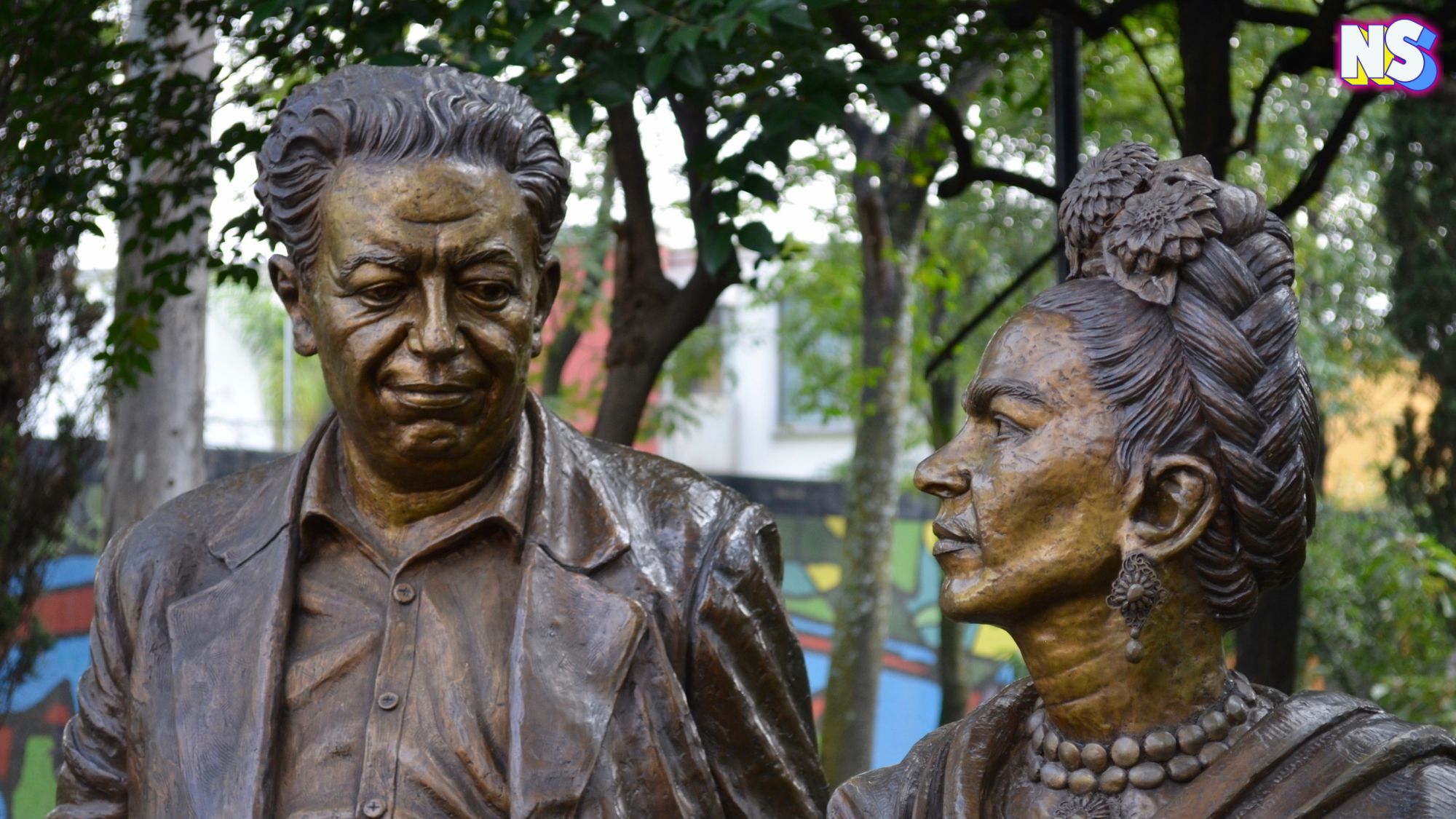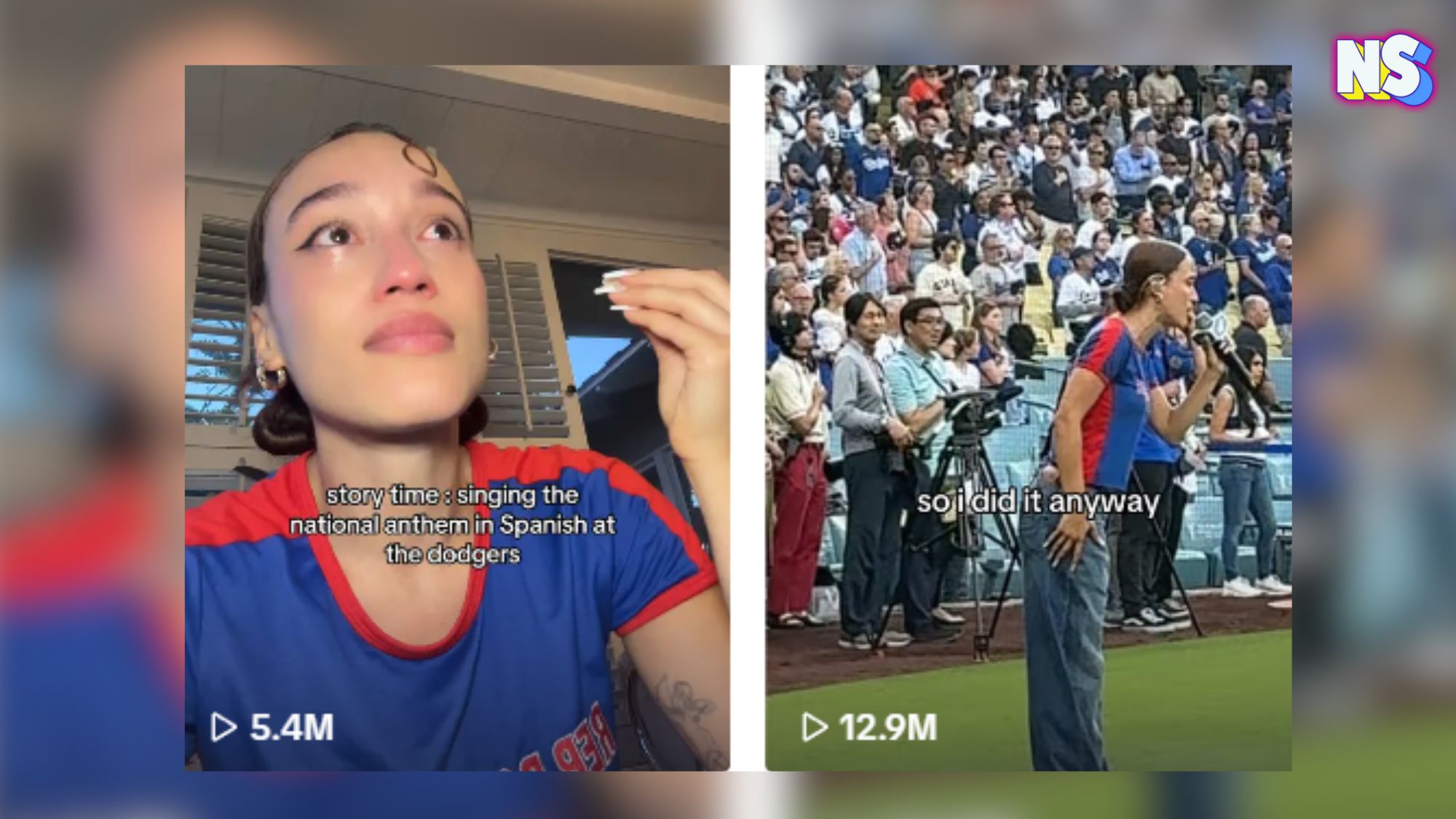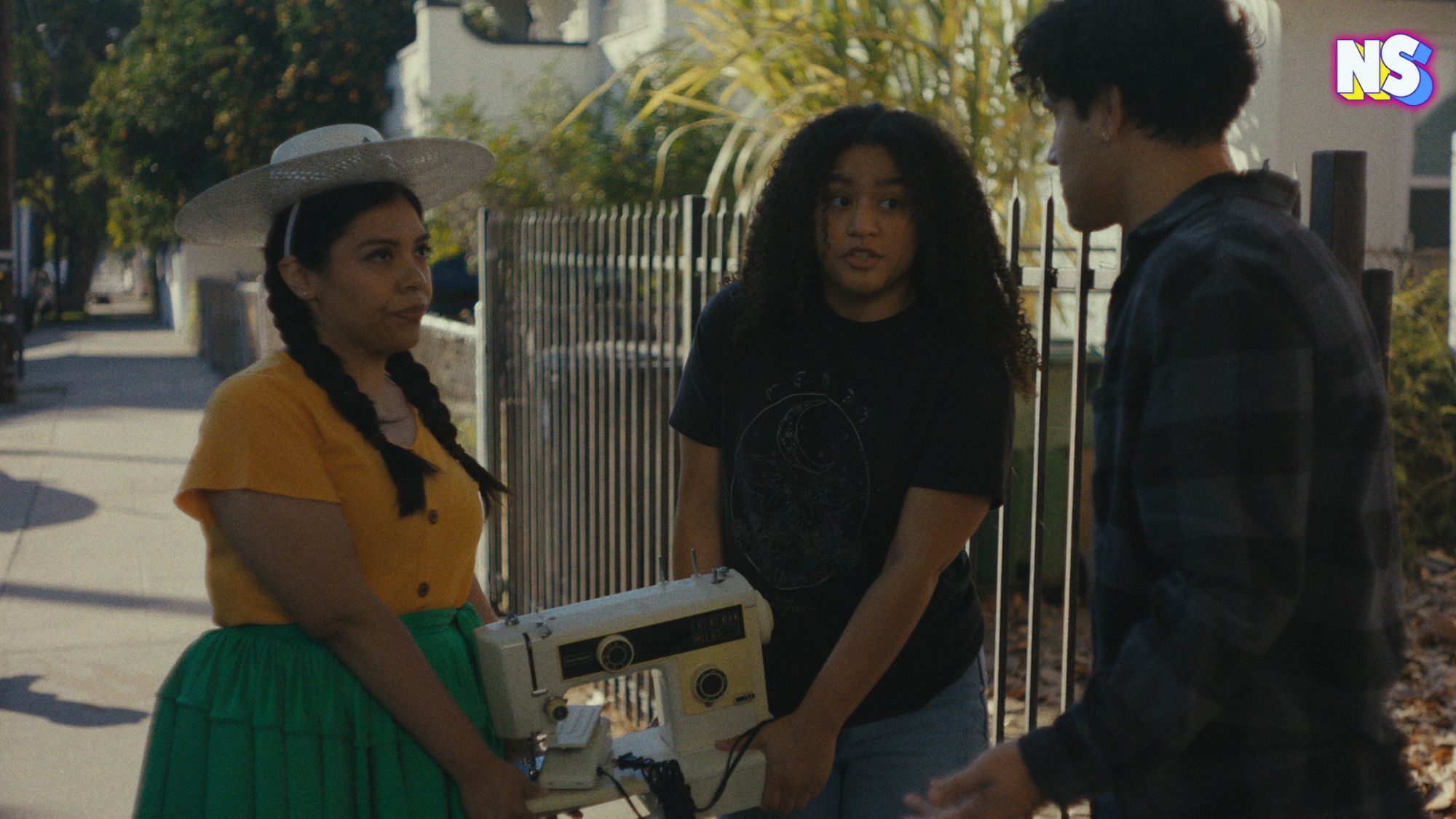Frida Kahlo and Diego Rivera, two names that resonate through the corridors of art history, had a passionate love affair etched into the canvas of time. Their union was a masterpiece painted with the vivid hues of love and pain.
Even Kahlo once said, “I suffered two grave accidents in my life. One in which a streetcar knocked me down … The other accident is Diego.”
He had an affair with her sister, Cristina. She had an affair with one of his political heroes, Leon Trotsky.
“This was a relationship that mirrored the turbulence going on around them — a cycle of infidelity and violent demeanors set against the backdrop of a country reshaping its identity, a World War, and political upheaval,” a recent article – The Story of Frida & Diego: Love, Lust, Comfort and Chaos – explains.
Yet, through it all, they remained together, until the end.
Who Were Frida Kahlo and Diego Rivera?
Born in Mexico City, Mexico, in 1907, Kahlo is the revolutionary artist who defied norms and conventions. Now one of the most famous artists in the world, her self-portraits, adorned with vibrant colors and raw emotion, laid bare her physical and emotional struggles.
Kahlo’s life was marked by pain. First, she suffered physically with polio as a child, and then she had a near-fatal bus accident at 18, which left her with a lifetime of health battles. Yet, she transformed her suffering into art, becoming an icon of resilience and authenticity for millions who adore her today, worldwide.
Rivera, born in Mexico, in 1886, was a force of nature as a renowned muralist. His grand frescoes still adorn public spaces, in his native country of Mexico and the United States, telling stories of Mexico’s history, culture, and social struggles.
Rivera’s art was bold, political, and unapologetic. He was a man of contradictions—charismatic yet stubborn, passionate yet flawed. As for his personal life, he was known as a womanizer.
How They Met: Kahlo and Rivera’s Passionate Love
In 1922, Frida Kahlo was a young student when she encountered Diego Rivera, already a renowned artist. Their meeting was serendipitous — a collision of souls that would alter the course of their lives. Kahlo was just 15, and Rivera, 37. Despite the age gap, their connection was electric.
“Both were passionate about the rebirth of their country’s identity soon after the Mexican Revolution; the artists first met in 1928 through the Mexican Communist Party,” ContextTravel explains.
They fell in love, and in 1929, they married. Their age gap and difference in appearance was a topic of conversation from the start. “When they married, her parents called them ‘the elephant’ and ‘the dove,” the BBC writes.
A Love That Defied Convention
Their marriage was no ordinary affair. Rivera’s affairs were notorious, yet Kahlo apparently held her ground. She, too, had her lovers, including the famed Russian revolutionary Leon Trotsky.
Their love was passionate, volatile, and all-consuming.
“Everything you need to know is there in the way the two artists portrayed each other in their works,” the BBC writes.
It’s true. As artists, both showcased each other in their paintings. “Here you see us, me, Frieda Kahlo, with my dearest husband Diego Rivera,” Kahlo wrote on her 1931 portrait “Frida and Diego Rivera.”
They divorced in 1939, only to remarry a year later. Luckily, during this time, Kahlo continued to document their relationship.
“Self-Portrait as Tehuana (1943) (often referred to as ‘Diego on My Mind’), was begun in 1940, during the brief interlude between the couple’s two volatile marriages,” the BBC explains. “It shows the artist clad in the lace of traditional Mexican dress, surrounded surreally by a shatter of web-like fibres that appear to crack the work’s invisible pane, as if the windscreen of her spirit has been struck by an existential stone.”
The Artistic Duo
Frida and Diego were more than spouses; they were collaborators who supported each other’s art.
Between 1930 and 1934, when they traveled to the U.S., Rivera painted murals that echoed their Communist ideals. On the other hand, Kahlo painted more self portraits and pieces inspired by notable Americans, like “The Portrait of Luther Burbank,” 1931.
Kahlo’s self-portraits revealed her pain, while Rivera’s murals spoke of revolution. They were yin and yang, fire and water, creating a harmonious dissonance that resonated across continents, according to one of many articles written about their relationship.
Legacy and Enduring Influence
Historians, art enthusiasts, and fans all agree that Kahlo and Rivera left an indelible mark on art and culture.
Their love was their masterpiece, and their pain was the palette. “Two of the most prominent artists of the 20th century, they held revolutionary emotions and ideas, united in an explosive, passionate, and often detrimental relationship that would last until Frida Kahlo died in 1954,” ContextTravel writes.
Frida Kahlo and Diego Rivera bronze sculpture, in the Frida Kahlo Park, center of Coyoacán. Photo by Ines Suarez R., CC BY-SA 4.0 https://creativecommons.org/licenses/by-sa/4.0, via Wikimedia Commons
In the gallery of love, their love story whispers through the brushstrokes, inviting us to embrace life’s chaos and find beauty in the brokenness.
“As volatile as their marriage was, preserving Frida Kahlo’s legacy speaks volumes about the tenderness that Diego had for Frida,” ContextTravel writes.





